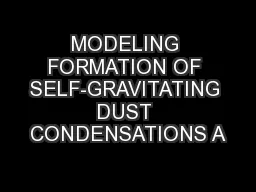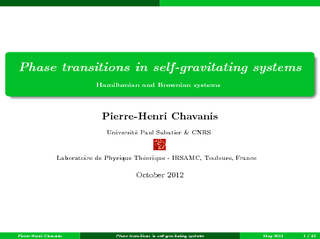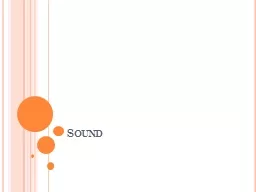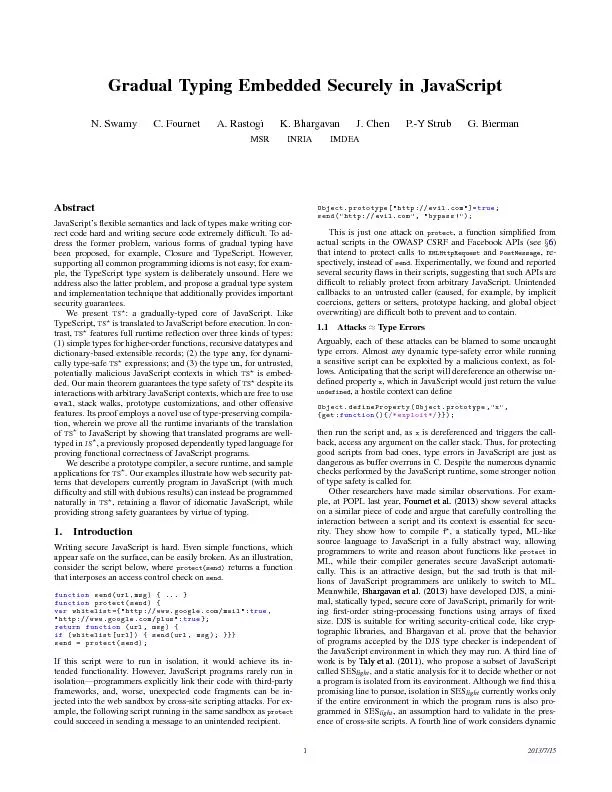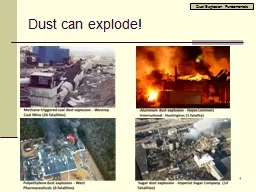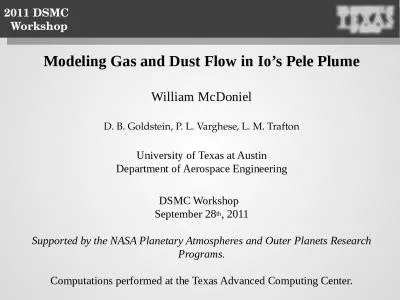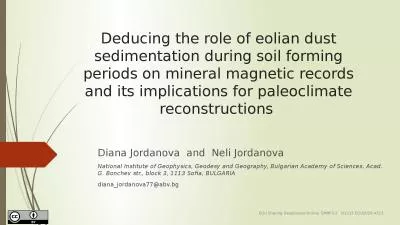PPT-MODELING FORMATION OF SELF-GRAVITATING DUST CONDENSATIONS A
Author : lois-ondreau | Published Date : 2016-03-07
A B Makalkin I N Ziglina Schmidt Institute of Earth Physics Russian Academy of Sciences Obstacles to the growth of large dust particles and small bodies in a protoplanetary
Presentation Embed Code
Download Presentation
Download Presentation The PPT/PDF document "MODELING FORMATION OF SELF-GRAVITATING D..." is the property of its rightful owner. Permission is granted to download and print the materials on this website for personal, non-commercial use only, and to display it on your personal computer provided you do not modify the materials and that you retain all copyright notices contained in the materials. By downloading content from our website, you accept the terms of this agreement.
MODELING FORMATION OF SELF-GRAVITATING DUST CONDENSATIONS A: Transcript
A B Makalkin I N Ziglina Schmidt Institute of Earth Physics Russian Academy of Sciences Obstacles to the growth of large dust particles and small bodies in a protoplanetary disk Metersized barrier. JIM TURNERLOOK AT ME NOW...WRITTEN BY: CHAS SMITHEXCEPTIONS TO...PHOTOGRAPHED BY: JOHN CAREYWRITTEN BY: JOANNA PRISCOA WOMAN AS...WRITTEN BY: ALICE PFEIFFER Planofthepresentation 1Statisticalmechanicsofclassicalself-gravitatingsystems ThedeterministicandstochasticN-bodyproblems Maximumentropystate Theseriesofequilibriaofisothermalspheres 2Self-gravitating What force makes stars? . Gravity!. Out of what? Interstellar gas and dust. But this stuff is VERY low density… a dense area may have ~100 atoms / cm. 3. . Compare that the air you’re breathing… ~10. Speed of a Wave on a String. What affects the speed of a . wave on a string?. The properties of the medium through which the wave travels determine the speed of the wave.. If the medium changes, the speed of the wave changes.. 1 1 .functionPoint(x,y){varself={};self.x=x;self.y=y;self.setX=function(d:number){self.x=d;};returnsetTag(point)(self);}ThefunctionPointcreatesanewpoint.Itallocatesanewemptyrecordandstoresitinthelocal Girts Karnitis, Janis Bicevskis, . Jana . Cerina-Berzina. The work is supported by a European Social Fund Project . No. . 2009/0216/1DP/1.1.1.2.0/09 /APIA/VIAA/044. Problems of Business process modeling. Objective: To examine the causes and effects of the Dust Bowl.. “Carloads, caravans, homeless and hungry:…They streamed over the mountains, hungry and restless,…restless as ants, scurrying to find work to do – to lift, to push, to pull, to pick, to cut – anything, any burden to bear, for food. The kids are hungry. We got no place to live. Like ants scurrying for work, for food, and most all for land.. 1. Dust Explosion Fundamentals. Fire triangle and explosion pentagon. 2. FUEL. IGNITION. OXIDANT. CONFINEMENT. MIXING. OXIDANT. IGNITION. FUEL. Dust Explosion Fundamentals. Hammermill – pentagon in practice. Offer. . Acceptance. by offeree.. Consideration . : the thing each side bargains for – each side giving, and getting, something.. Sufficient Specificity of Essential Terms . (coalescence of each side’s understanding of the transaction).* . | . 2000 – 2003. Décrivez. les . spécialités. de . cette. formation : . vos. . diplômes. , les options de la formation, . etc. …. FORMATION. | . 2000 – 2003. Décrivez. les . spécialités. RF is formed of large number of neurons . present through the entire brainstem, it . extends upward to the level of the thalamus . and downward to be continuous with the . interneurons. of the spinal cord.. A way to teach a skill either through broken down individual steps or in a sequential order to students . A way to teach staff and/or families how to teach, how to prompt, and how to remain consistent when teaching a student a certain task or skill . William . McDoniel. D. . B. Goldstein, P. L. Varghese, L. M. . Trafton. University of Texas at Austin. Department of Aerospace Engineering. DSMC . Workshop . September . 28. th. , . 2011. Supported by the NASA Planetary . Diana . Jordanova. and Neli . Jordanova. National Institute of Geophysics, Geodesy and Geography, Bulgarian Academy of Sciences, Acad. G. . Bonchev. str., block 3, 1113 Sofia, BULGARIA. diana_jordanova77@abv.bg.
Download Document
Here is the link to download the presentation.
"MODELING FORMATION OF SELF-GRAVITATING DUST CONDENSATIONS A"The content belongs to its owner. You may download and print it for personal use, without modification, and keep all copyright notices. By downloading, you agree to these terms.
Related Documents

